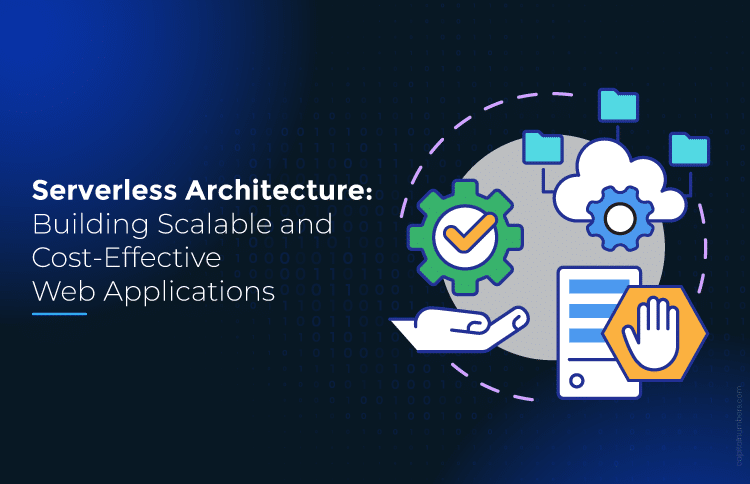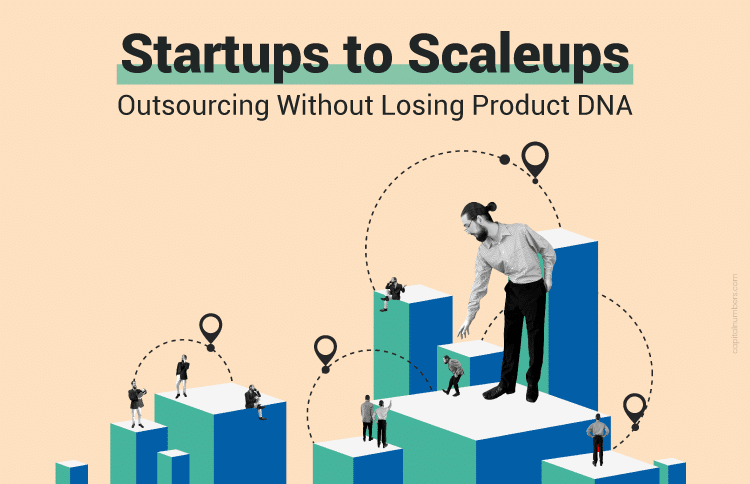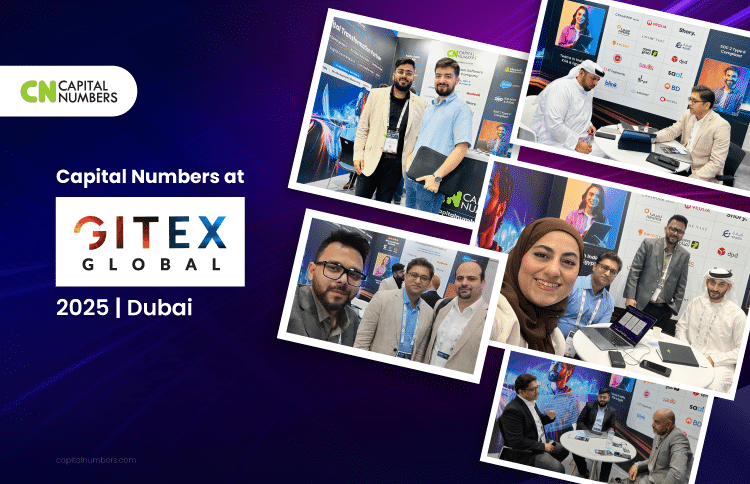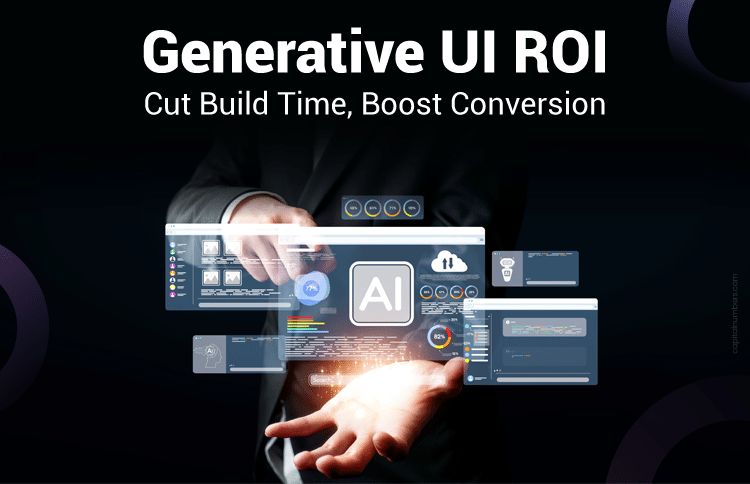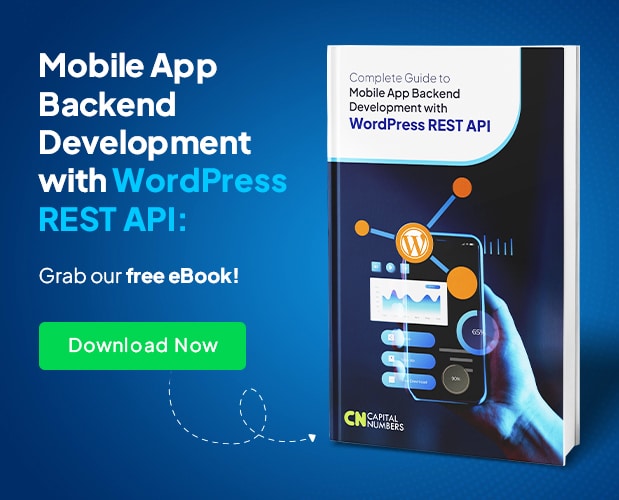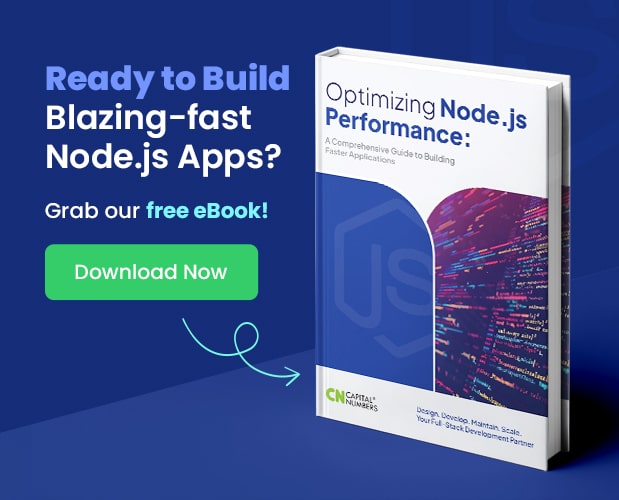Serverless Architecture: Building Scalable and Cost-Effective Web Applications
Table of Contents
In the current world of the internet, companies need web applications that easily scale, decrease business expenses, and hasten time-to-market. The most sought-after cloud providers like AWS and Google Cloud offer serverless architecture which solves these problems through simply removing server management so that developers can concentrate on coding.
What is Serverless Architecture?
With serverless architecture, developers can build and run applications without worrying about infrastructure maintenance. However, the cloud vendor still performs all tasks related to server management including server provisioning, scaling, and maintenance. Applications in this model are able to automatically scale according to demand and only actual usage is billed.
Advantages of Serverless Architecture
- Automatic Scaling: Adjusts automatically to higher or lower traffic without the need for manual optimisation.
- Cost Efficiency: The billing structure is based on compute time consumed, eliminating unnecessary charges during idle periods.
- Lower Operational Overhead: Increased productivity as developers can focus solely on coding without worrying about infrastructure management.
- Enhanced Security: Reduces the burden on application developers to implement security measures.
- Improved Focus on Application Development: Speeds up new launches and iterations as the provider handles server management.
Services of AWS Serverless
- AWS Lambda: Allows execution of code due to an event fire with no need for provisioning or managing a server.
- Amazon API Gateway: Lets users create, publish, and manage the APIs associated with their applications.
- Amazon DynamoDB: Serves as a NoSQL database where its services are fully managed and automated with a guaranteed speed and performance.
- Amazon S3: An object storage service with data availability, dependability and scaling that leads the industry.
- AWS Step Functions: Allows multiple AWS services to be integrated into serverless workflows as steps in a function.
Services of Google Cloud Serverless
- Cloud Functions: Serverless compute service that allows you to execute single-purpose functions that respond to events.
- Cloud Run: Operate a containerised application in a fully managed setting.
- App Engine: Framework for developing scalable web applications as well as mobile backends.
- Cloud Firestore: A flexible, scalable NoSQL document database to help store and sync data for mobile and web applications.
- BigQuery: A low-maintenance, highly expandable, and economical multi-cloud data warehouse.
Serverless Architecture Use Cases
- Web and Mobile Backends: Instantly construct and publish APIs for frontend use.
- Real-Time Data Processing: Take action on streaming data or user triggered events immediately.
- Automated Workflows: Execute backend tasks like data transformation and email alerts.
- Scheduled Tasks: Perform routine jobs such as backups, health checks, and report generation.
- Microservices: Bundle independently deployable units of small services that can be scaled independently.
You May Also Read: Microservices Architecture: Breaking Down Monoliths for Agility
Best Practices for Serverless Implementation
- Keep Functions Small: Maintainable and composable systems require composition if there are multiple singleton responsibility functions.
- Monitor and Log: Function insights can be gained through provided logging and monitoring features.
- Secure Your Environment: Environment variables must be kept confidential and the least privilege principle must be followed.
- Optimise Cold Starts: Reduce the size of the dependencies since the cold starts are more time-consuming than warm starts.
Exploring the Future of Serverless Computing
- Internet of Things Edge Computing: To enhance the performance of response times, serverless functions are being pushed to the edge.
- Integration with Artificial Intelligence / Machine Learning: Functions are increasingly used to trigger and process ML tasks.
- Enhanced Monitoring and Reporting Tools: More emerging frameworks come with monitoring tools and robust frameworks.
- Support for Multi-Cloud and Hybrid: There is rising interest in the deployment of Siebel on various clouds.
- Increase in Usage by Large Enterprises: More businesses are leveraging Serverless out of critical workloads across the globe.
Operational Models & Event Sources
Serverless apps run on event driven architecture. Functions or services get invoked due to event triggers, for instance, there could be HTTP calls, file uploads, database change, cron jobs, and many more. In AWS, event sources for lambda functions comprises of Amazon S3 with file upload feature, DynamicDB Streams that handle data changes, API Gateway with HTTP calls, Cloudwatch Events for scheduled jobs, etc., plus many more. Google’s cloud offer HTTP calls along with pub/sub messaging, cloud storage file update, firestore update, and cron jobs scheduled with cloud scheduler. This out-of-fashioned way helps in building scalable architectures that are simple to operate.
Service Integration and Application Patterns
Combining discontinuous services into one striking application is one of the many advantages of serverless architecture. AWS motivates users to utilize instruments, including Eventarc, for functions like Cloud Workflows with Step Functions for workflow orchestration. They have tools that permit the construction of applications that interrelate multiple Lambda functions, APIs, queues, and even databases, all without developers having to deal with states or manage ‘engines.’ Google Cloud is not left behind; its counterpart offers the same capabilities with Eventarc for event-driven integration. Such systems enable the creation of order processing systems, media processing pipelines, or even analytics data applications. The only thing platform users need to do is to take care and monitor the business logic while the platform manages things like parameters, concurrency, retries, and error handling.
Tooling and Experience for Developers
Serverless development is supported equally well by AWS and Google Cloud. The serverless application model (SAM) allows application developers and other users to define and plan infrastructure to be coded and later deployed using the AWS Cloud Infrastructure Development Kit and CDK. The same can be claimed about Google Cloud that offers deployment tools with the Cloud Deployment Manager, gcloud CLI, and Firebase CLI. IDEs allow extensions to be configured for local function testing and debugging before deploying to the cloud. Completing monotonous tasks by these tools help with the developer’s experience, lowering the chances of making errors and ensuring that repetitive tasks are done.
Monitoring, Observability, and Maintaining Reliability
Serverless services come with an out of the box monitoring and logging functions for operational transparency. It includes metrics, logs, and distributed tracing for Lambda functions (AWS X-Ray and AWS CloudWatch). Developers are able to see latency, execution time, memory consumption, and error rates. Google Cloud Monitoring, Cloud Logging, and Cloud Trace offer the same functions as monitoring tools which aids in quickly detecting and troubleshooting performance bottlenecks or operational hiccups. Google and AWS also offer concurrent request management, throttling limits, and retries which increases reliability and the ability for the service to cope with load without compromising service quality.
Security Issues and Compliance
In serverless applications, security is implemented with controlled identity and access management. AWS (Identity and Access Management) and Google Cloud IAM implement the least privilege principle, meaning functions access only the resources needed. Secrets and environment variables accessed by the functions should be stored in a secure manner using services like AWS Secrets Manager or Google Secret Manager. Both cloud service providers comply with regulations like GDPR, HIPAA, PCI DSS, and SOC 2, providing encryption at rest as well as in transit, network isolation, and other essential features. Providers secure infrastructure and developers manage the application level security in a shared responsibility model.
You May Also Read: 12 Best Practices to Secure Your API in the AWS Cloud
Cost Saving Techniques
Even with a pay-per-use approach, organisations should assess usage patterns for serverless services. Reducing expenses can be achieved through optimising function execution time, memory allocation, and idle resource reclamation. Both AWS and Google Cloud provide budgetary spending limits, cost estimators, and alert systems alongside billing dashboards for tracking and forecasting expenses. Best practices for cost control include making the choice between asynchronous and synchronous invocation patterns, small operation bundling, and connection (e.g. database) reuse. When used effectively, serverless computing can be extremely inexpensive, especially for unpredictable or seasonal workloads.
Ready to Build Scalable, Cost-Effective Web Applications?
At Capital Numbers, we specialize in architecting and developing serverless solutions with AWS and Google Cloud to help your business scale effortlessly while optimizing costs.
Get in touch with us today!
Conclusion
Serverless architecture represents a paradigm shift in application development, offering scalability, cost efficiency, and reduced operational complexity. By leveraging serverless services from AWS and Google Cloud, businesses can accelerate innovation, respond quickly to market changes, and deliver high-quality applications without the overhead of managing infrastructure.

